Dependence of Sensitivity Factors on Ratio of Traffic Load to Dead Load
Abstract
:1. Introduction
2. Methodology
3. Review of Coefficient of Variation for Resistance and for Loads
3.1. Resistance—Compressive Strength of Concrete
3.2. Resistance—Reinforcing Steel
3.3. Resistance—Structural Steel
3.4. Permanent Loads
3.5. Traffic Loads
4. Results
4.1. Parametric Study of the Sensitivity Factor
4.2. Dependence of Maximum Span of the Bridge to the Ratio of Traffic and Dead Load
- slab girder bridge,
- ribbed section,
- box girder, and
- precast girders.
- Span—the longer the span, the larger the ratio, as the influence of the Tandem System (TS) part of the Eurocode Load Model 1 (LM1) decreases when compared with the uniform dead load;
- Width of the bridge—the wider the bridge, the larger the ratio, since the wider bridge means that third lane and remaining area will be added, which are the lighter parts of the Eurocode LM1, while the dead load should increase significantly with the bridge width increase;
- Type of the section—the slab bridge has a larger ratio ν due to disadvantageous cross-section optimization compared with the ribbed section, box section, and precast girders.
5. Discussion
6. Conclusions
Author Contributions
Funding
Institutional Review Board Statement
Informed Consent Statement
Data Availability Statement
Conflicts of Interest
References
- Eurocode EN 1992; Eurocode 2: Design of Concrete Structures. European Committee for Standardization: Brussels, Belgium, 2001.
- SIA. SIA 260:2003 Basis of Structural Design; Swiss Society of Engineers and Architects: Zurich, Switzerland, 2003. [Google Scholar]
- König, G.; Hosser, D. The Simplified Level II Method and Its Application on the Derivation of Safety Elements for Level I; CEB Bulletin: Paris, France, 1982; Volume 147. [Google Scholar]
- Fib Bulletin 80 Partial Safety Factor Methods for Existing Concrete Structures; fib: Lausanne Switzerland, 2016.
- Gino, D.; Castaldo, P.; Bertagnoli, G.; Giordano, L.; Mancini, G. Partial factor methods for existing structures according to fib Bulletin 80: Assessment of an existing prestressed concrete bridge. Struct. Concr. 2020, 21, 15–31. [Google Scholar] [CrossRef]
- Sjaarda, M.; Meystre, T.; Nussbaumer, A.; Hirt, M.A. A systematic approach to estimating traffic load effects on bridges using weigh-in-motion data. Stahlbau 2020, 89, 585–598. [Google Scholar] [CrossRef]
- Kübler, O.; Wagner, P.-R.; Girardin, B.; Friedl, H.; Schubert, M. Assessment of Railway Bridge Reliability Using Load Measurement Data. Struct. Eng. Int. 2023, 1–10. [Google Scholar] [CrossRef]
- JCSS. Probabilistic Model Code; The Joint Committee on Structural Safety: Zurich, Switzerland, 2001. [Google Scholar]
- Faber, M.H. Risk and Safety in Engineering; ETH Lecture Notes; Swiss Federal Institute of Technology: Zurich, Switzerland, 2009. [Google Scholar]
- Dragojević, M.; Savatović, S.; Jevtić, D.; Zakić, D.; Savić, A.; Radević, A.; Aškrabić, M. Statistical analysis of results of testing of concrete cubes. Tehnika 2019, 74, 191–197. [Google Scholar] [CrossRef]
- Ellingwood, B.; Galambos, T.V.; MacGregor, J.G.; Cornell, C.A. Development of a Probability Based Load Criterion for American National Standard A58; US Department of Commerce, National Bureau of Standards: Washington, DC, USA, 1980. [Google Scholar]
- Melchers, R.E. Structural Reliability Analysis and Prediction; John Wiley and Sons: Chichester, UK, 1987. [Google Scholar]
- Mirza, S.A.; MacGregor, J.G. Variability of mechanical properties of reinforcing bars. J. Struct. Div. 1979, 105, 921–937. [Google Scholar] [CrossRef]
- Baker, M.J. Variability in the Strength of Structural Steels-a Study in Structural Safety: Material Variablility; CIRIA: Soria, Spain, 1972. [Google Scholar]
- Edlund, L. Coefficients of Variation for the Yield Strength of Steel. In Proceedings of the 2nd Colloquium on Stability of Steel Structures, Final Report, Liege, Belgium, 13–15 April 1977. [Google Scholar]
- Galambos, T.V.; Ravindra, M.K. Properties of steel for use in LRFD. J. Struct. Div. 1978, 104, 1459–1468. [Google Scholar] [CrossRef]
- Kennedy, D.L.; Baker, K.A. Resistance factors for steel highway bridges. Can. J. Civ. Eng. 1984, 11, 324–334. [Google Scholar] [CrossRef]
- Chryssanthopoulos, M.; Manzocchi, G.; Elnashai, A. Probabilistic assessment of ductility for earthquake resistant design of steel members. J. Constr. Steel Res. 1999, 52, 47–68. [Google Scholar] [CrossRef]
- Nowak, A.S.; Collins, K.R. Reliability of Structures; CRC Press: Boca Raton, FL, USA, 2012. [Google Scholar]
- Milutinovic, G.; Hajdin, R. Evaluation of Bridge Traffic Load Model Using B-Wim Measurements in Serbia. In Proceedings of the SINARG Conference 2023, Nis, Serbia, 14–15 September 2023. [Google Scholar]
- Rackwitz, R.; Fiessler, B. Structural reliability under combined random load sequences. Comput. Struct. 1978, 9, 489–494. [Google Scholar] [CrossRef]
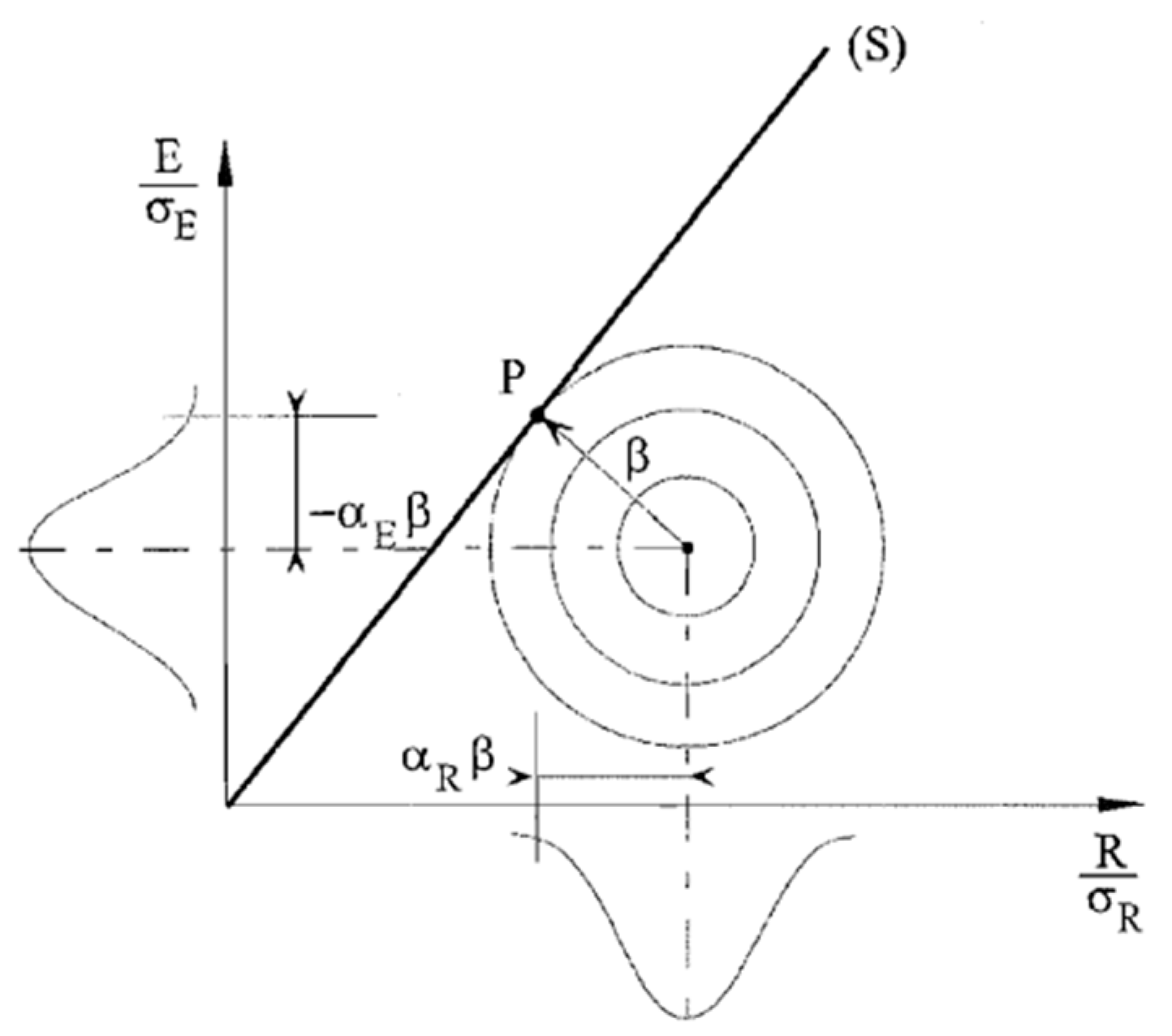
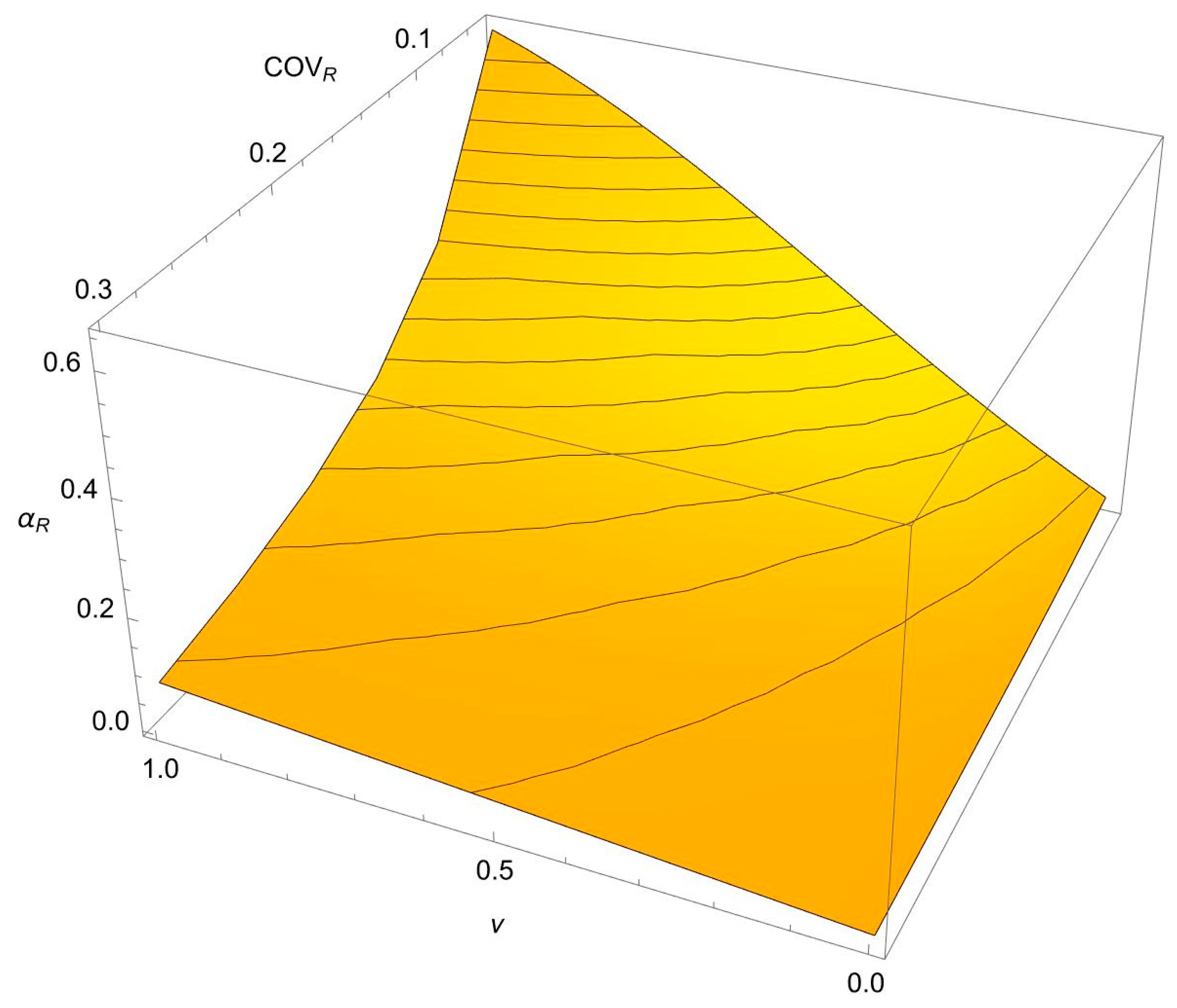


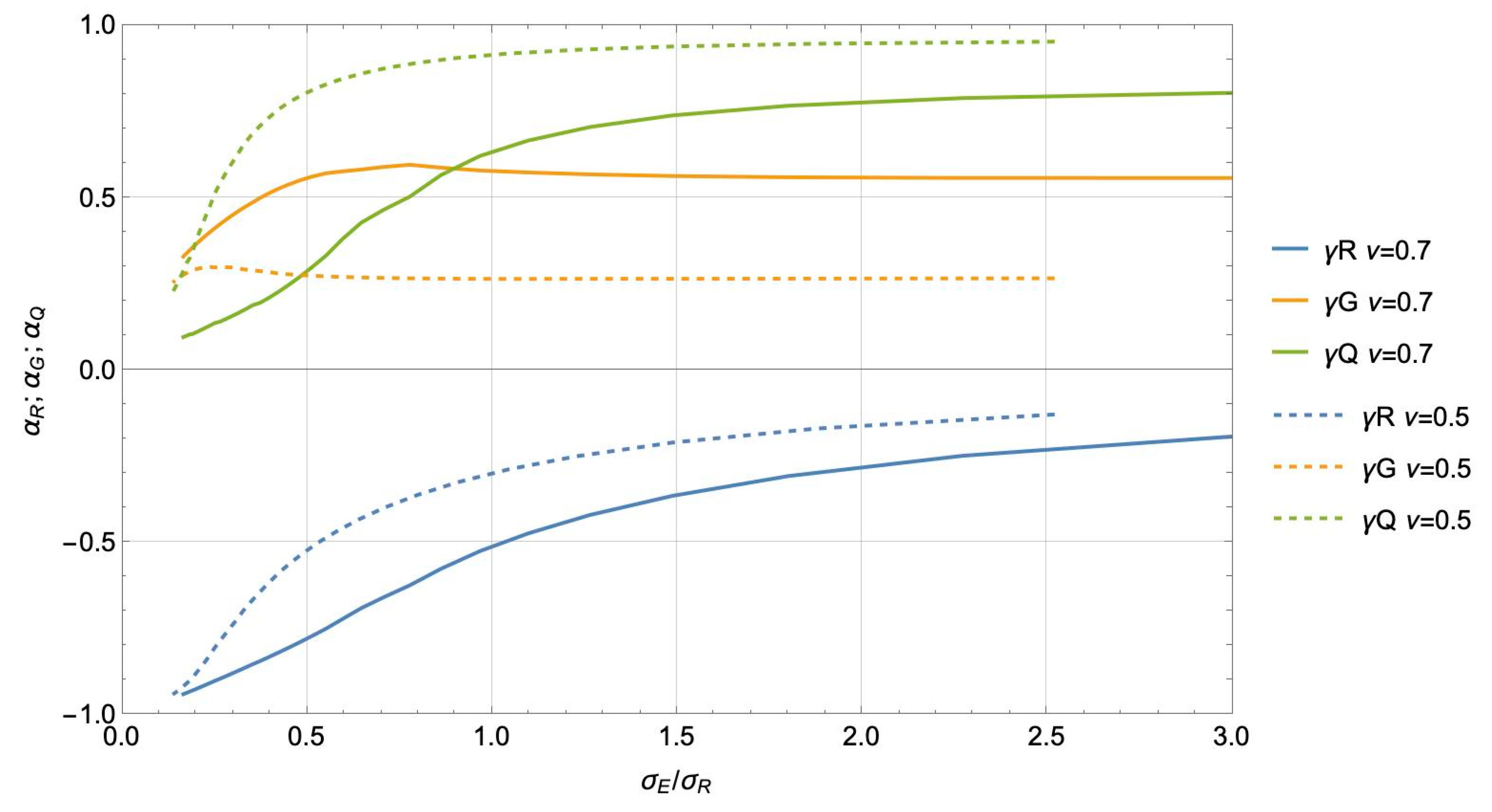
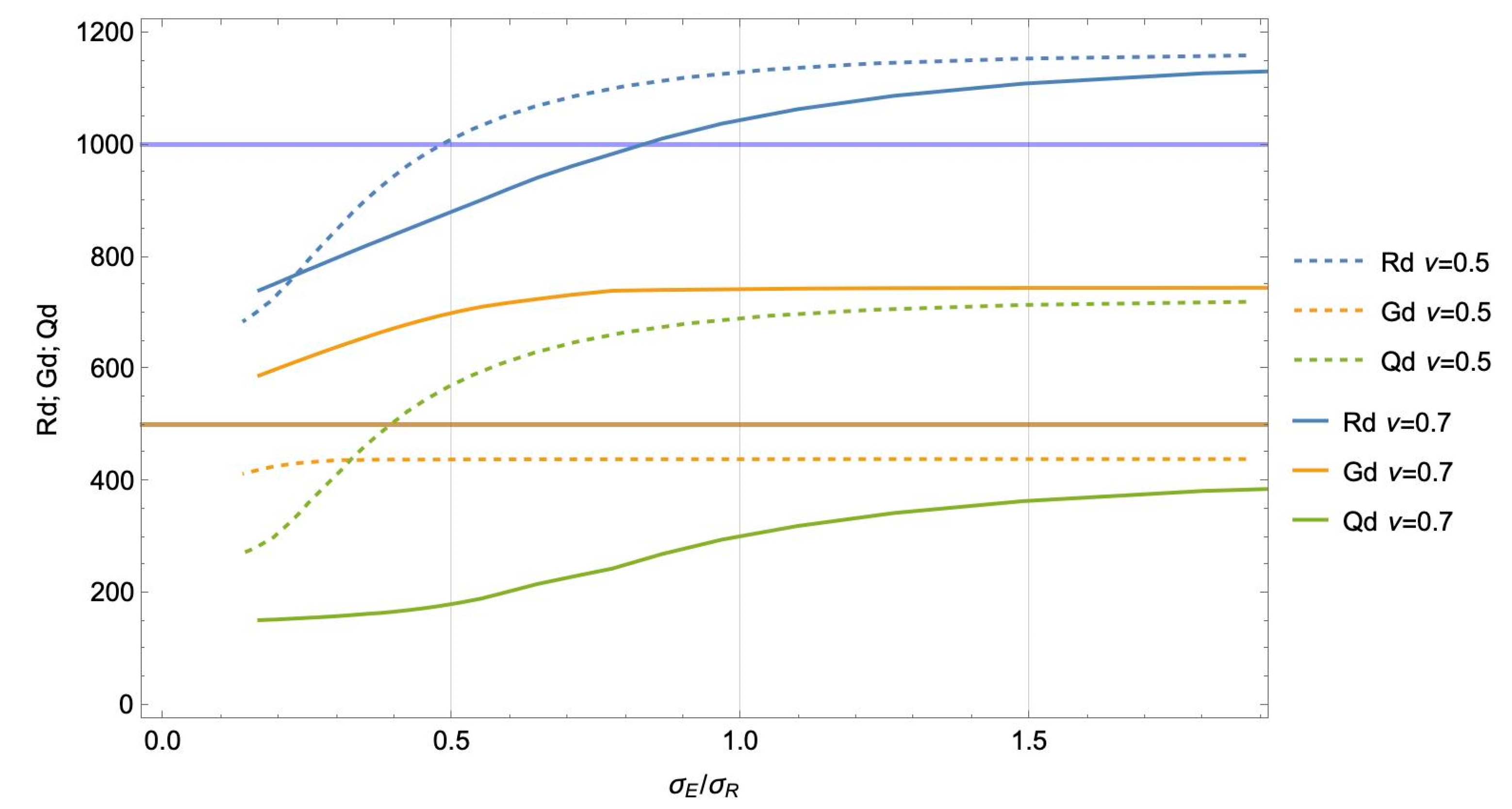
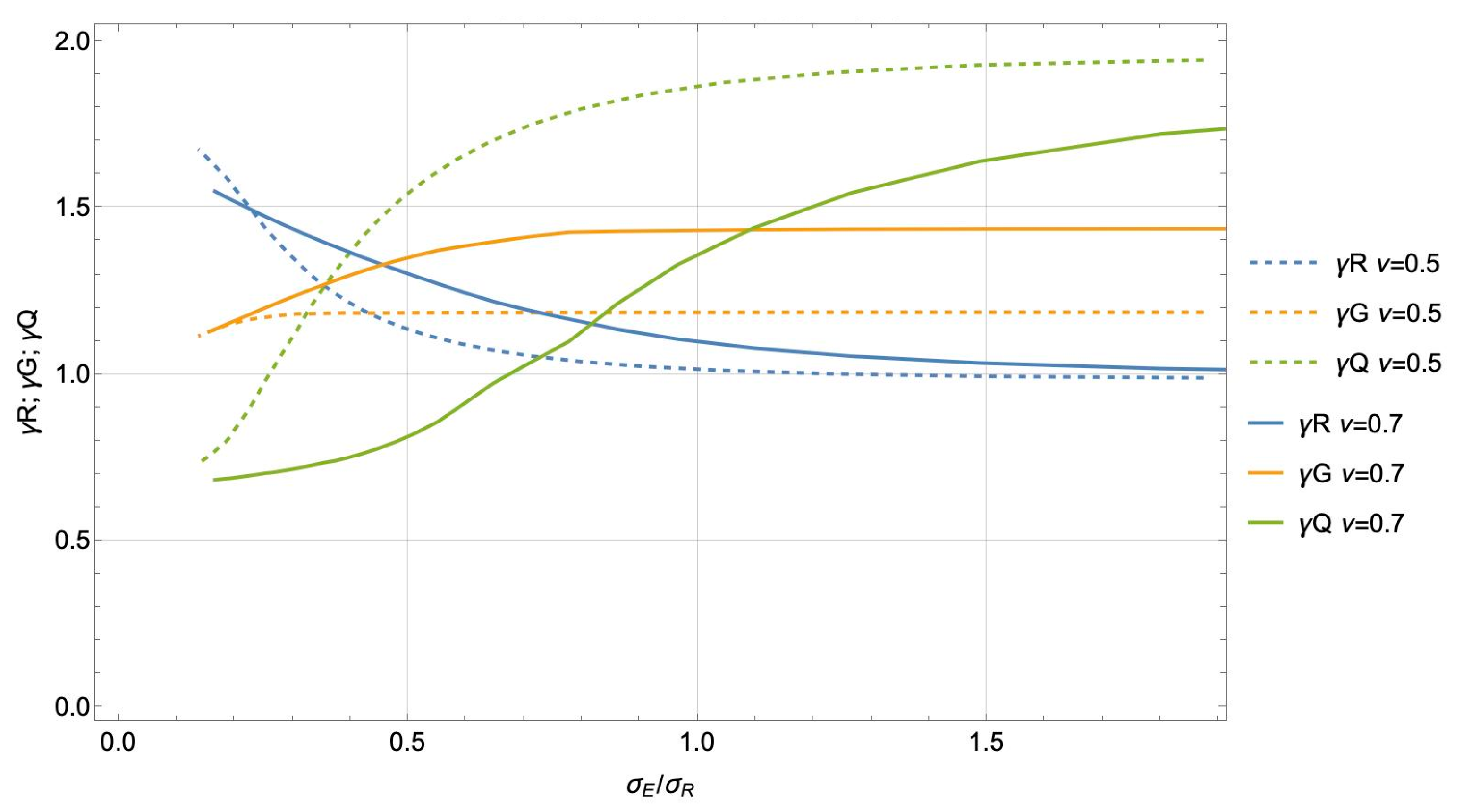
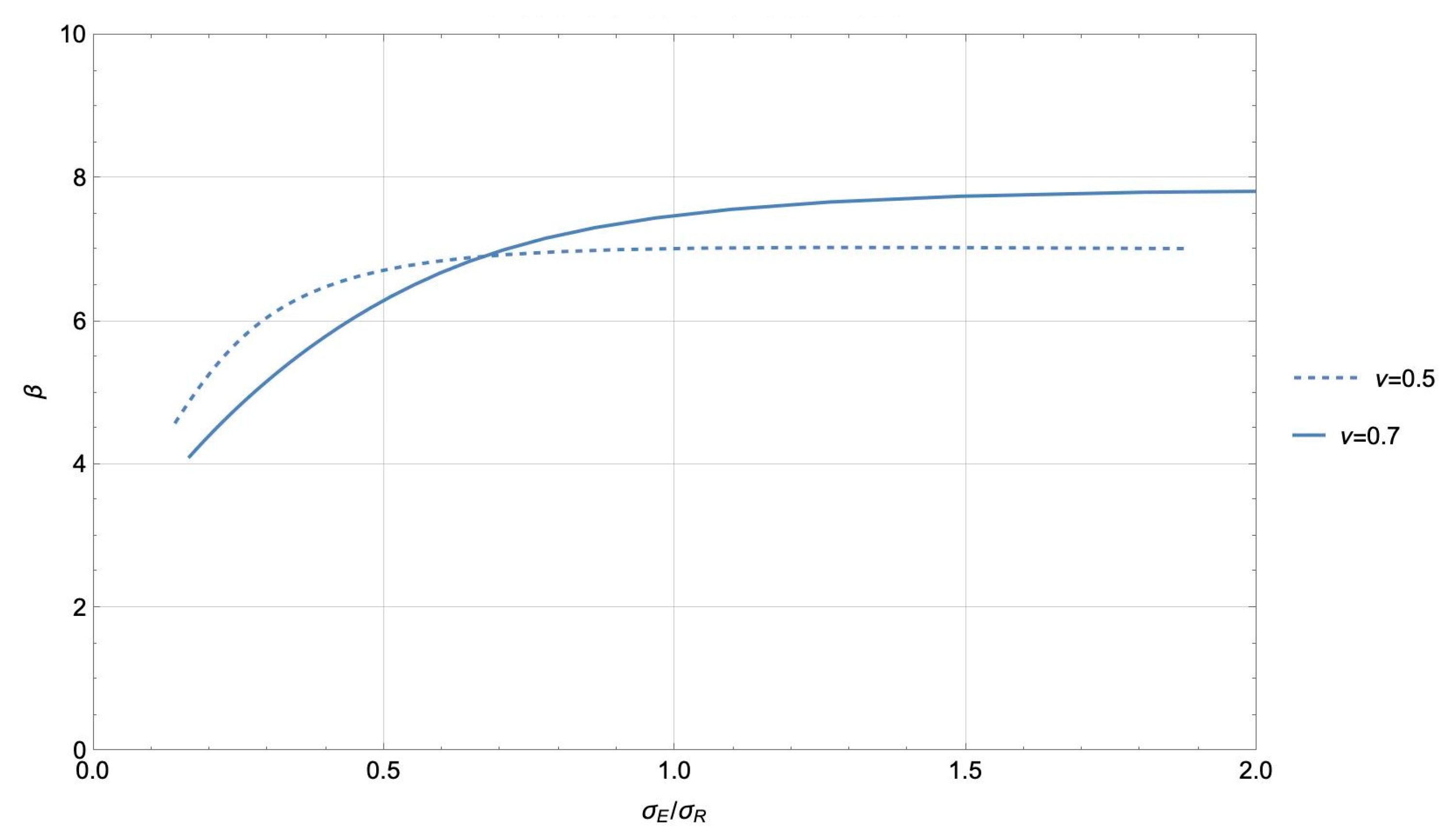
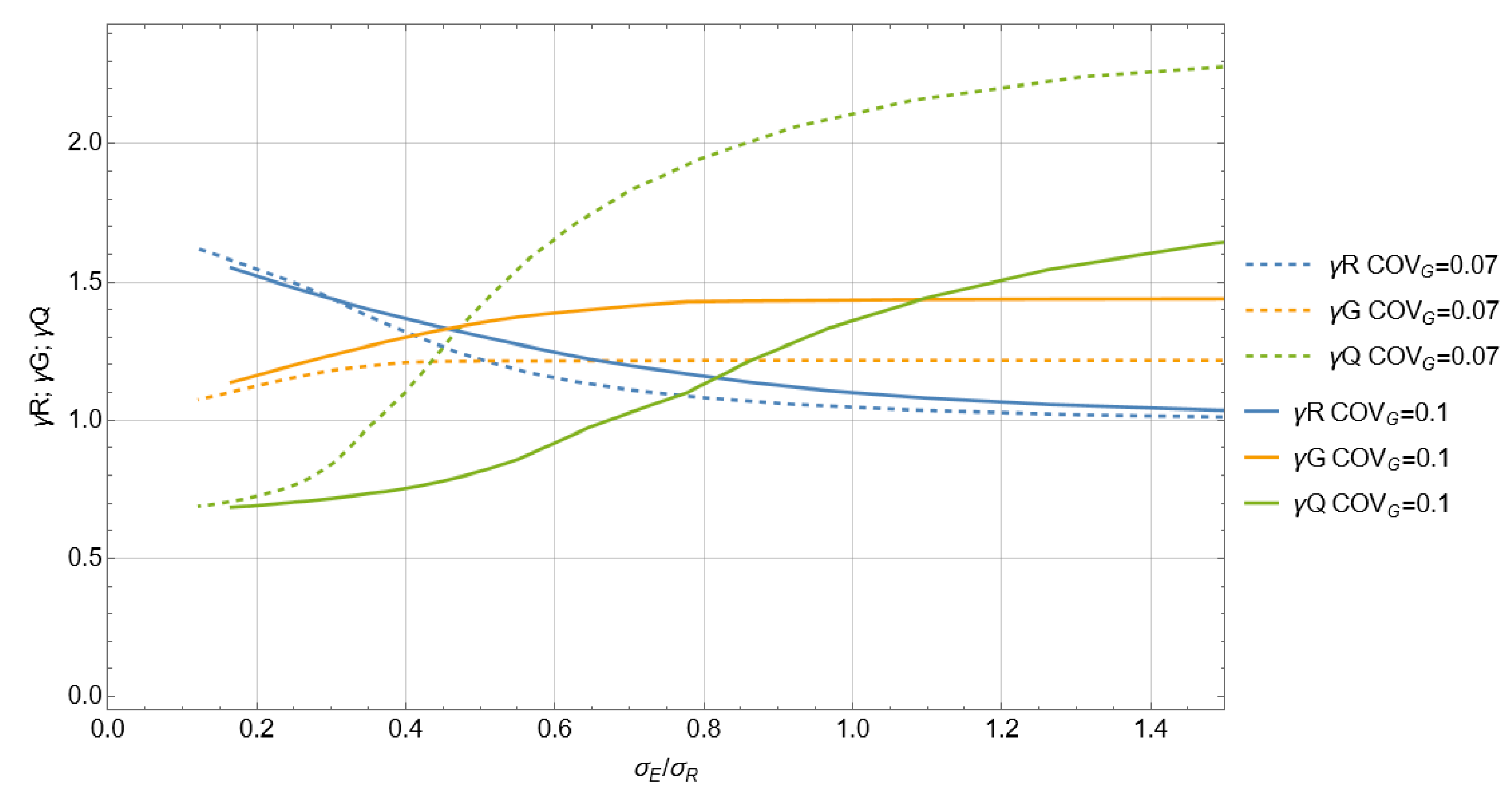
| Variable | Type | E[X] | σx | COV |
|---|---|---|---|---|
| [MPa] | ||||
| X1 | Normal | µ | 19 | - |
| X2 | Normal | 0 | 22 | - |
| X3 | Normal | 0 | 8 | - |
| A | - | Anom | - | 0.02 |
| Max Span | All Spans | Type | Bridge Width (m) | Ratio ν | α (LM1 Multiplier) |
|---|---|---|---|---|---|
| (m) | (m) | ||||
| 60 | 45, 60, 45 | Box girder | 14.8 | 0.775 | 0.8 |
| 42 | 32, 4 × 42, 32 | Box girder | 11.3 | 0.675 | 1 |
| 54 | 40, 3 × 54, 40 | Box girder | 11.3 | 0.703 | 1 |
| 38 | 30, 38, 38, 38, 38, 30 | Ribbed section | 10.5 | 0.674 | 0.8 |
| 23 | 18, 23, 23, 23, 23, 23, 18 | Ribbed section | 9.4 | 0.578 | 0.8 |
| 25 | 20, 25, 25, 25, 25, 25, 20 | Ribbed section | 9.4 | 0.597 | 0.8 |
| 31 | 22, 31, 31, 31, 22 | Ribbed section | 9.4 | 0.622 | 0.8 |
| 25 | 20, 5 × 25, 20 | Slab girder | 14.8 | 0.736 | 0.8 |
| 26 | 18, 26, 26, 26, 26 | Slab girder | 7.8 | 0.604 | 1 |
| 28 | 28, 28 | Slab girder | 10.5 | 0.719 | 0.8 |
| 16 | 16 | Slab girder | 11.3 | 0.648 | 0.8 |
| 25 | 25, 25 | Slab girder | 10.5 | 0.699 | 0.8 |
| 22 | 3 × 22 | Precast girders | 11.2 | 0.563 | 1 |
| 20 | 17, 20, 20, 17 | Precast girders | 8 | 0.406 | 1 |
| 35 | 35 | Precast girders | 11.2 | 0.593 | 0.8 |
| 24 | 24, 24 | Precast girders | 10.5 | 0.524 | 0.8 |
| 7 | 7 | Precast girders | 14.75 | 0.453 | 1 |
| 15 | 15 | Precast girders | 14.75 | 0.376 | 1 |
| 11 | 11 | Precast girders | 14.75 | 0.413 | 1 |
| 7 | 7 | Culvert | 14.75 | 0.440 | 1 |
| Span Range | Ratio of Dead | Sensitivity Factor | ||
|---|---|---|---|---|
| (m) | to Total Load | αQ (traffic) | αG (dead load) | αR (resistance) |
| 5–25 | 0.5 | 0.2561 | 0.2561 | 0.9321 |
| 25–80 | 0.7 | 0.1511 | 0.3525 | 0.9235 |
Disclaimer/Publisher’s Note: The statements, opinions and data contained in all publications are solely those of the individual author(s) and contributor(s) and not of MDPI and/or the editor(s). MDPI and/or the editor(s) disclaim responsibility for any injury to people or property resulting from any ideas, methods, instructions or products referred to in the content. |
© 2024 by the authors. Licensee MDPI, Basel, Switzerland. This article is an open access article distributed under the terms and conditions of the Creative Commons Attribution (CC BY) license (https://creativecommons.org/licenses/by/4.0/).
Share and Cite
Milutinovic, G.; Hajdin, R. Dependence of Sensitivity Factors on Ratio of Traffic Load to Dead Load. Appl. Sci. 2024, 14, 985. https://doi.org/10.3390/app14030985
Milutinovic G, Hajdin R. Dependence of Sensitivity Factors on Ratio of Traffic Load to Dead Load. Applied Sciences. 2024; 14(3):985. https://doi.org/10.3390/app14030985
Chicago/Turabian StyleMilutinovic, Goran, and Rade Hajdin. 2024. "Dependence of Sensitivity Factors on Ratio of Traffic Load to Dead Load" Applied Sciences 14, no. 3: 985. https://doi.org/10.3390/app14030985






